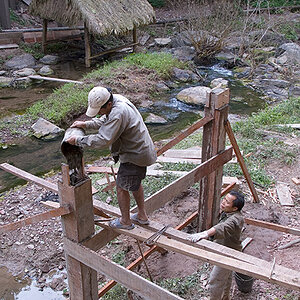Kid_Rock_GTX
TPF Noob!
- Joined
- Dec 14, 2006
- Messages
- 17
- Reaction score
- 0
Well I got my first roll of film developed and it didnt turn out to well. I was honestly worried everything would be out of focus but the focus wasnt to bad. Out of 36 shots they only developed 17 of them cause the rest didnt turn out at all. Here are just a few of the best pictures I got. Please check out all of them in this gallery http://s70.photobucket.com/albums/i106/kid_rock_gxt/First%20roll%20of%2035mm%20film/
I would really enjoy it if you guys let me know everything you can about how to improve my pics. Im not worried about the whole artsy/composure side of things I just want to figure out how to make my pictures come out better, like the technical side of the pic. Once i get the pictures to turn out then I will worry about the acual stuff im shooting. my pics are all really light and not anything like the acual colors and grainy. The colors in all the pics are so far off from thew real thing. What am I doing wrong? I got myself a old Asahi Pentax K1000 camera im using and I used Kodak professional ulta color 35mm film. And i dont know crap about photography so help me out. I just pointed and focused and shoot the picture. I want to hear everything I did wrong and everything I need to do right next time.
Here are a few of the best pics
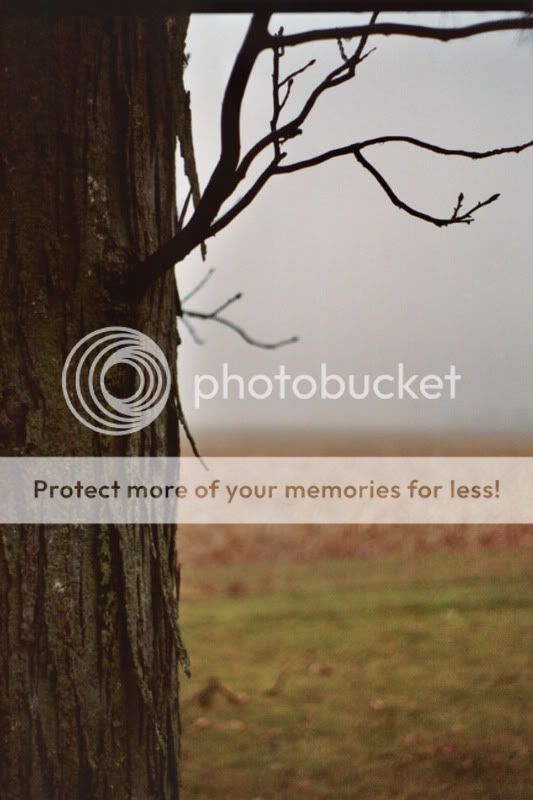
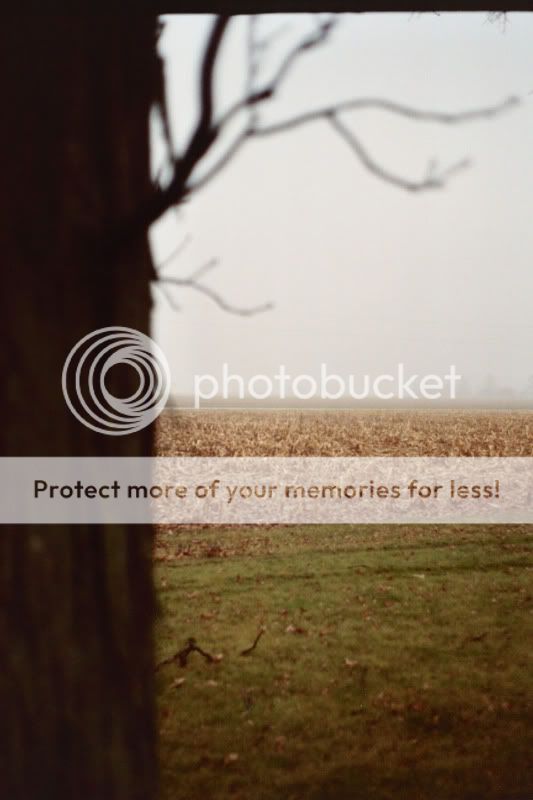




Please check out the rest of them for me and let me know everything about them, I really wanna be able to take a pic and not have it all grainy, crappy color, washed out, crap.
I would really enjoy it if you guys let me know everything you can about how to improve my pics. Im not worried about the whole artsy/composure side of things I just want to figure out how to make my pictures come out better, like the technical side of the pic. Once i get the pictures to turn out then I will worry about the acual stuff im shooting. my pics are all really light and not anything like the acual colors and grainy. The colors in all the pics are so far off from thew real thing. What am I doing wrong? I got myself a old Asahi Pentax K1000 camera im using and I used Kodak professional ulta color 35mm film. And i dont know crap about photography so help me out. I just pointed and focused and shoot the picture. I want to hear everything I did wrong and everything I need to do right next time.
Here are a few of the best pics






Please check out the rest of them for me and let me know everything about them, I really wanna be able to take a pic and not have it all grainy, crappy color, washed out, crap.


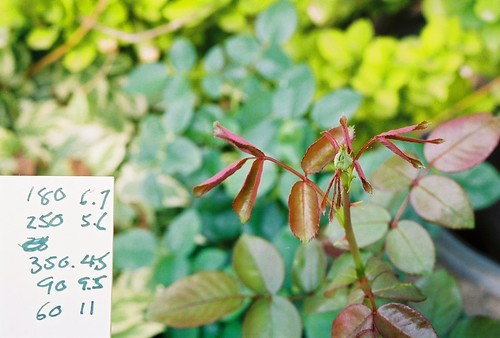

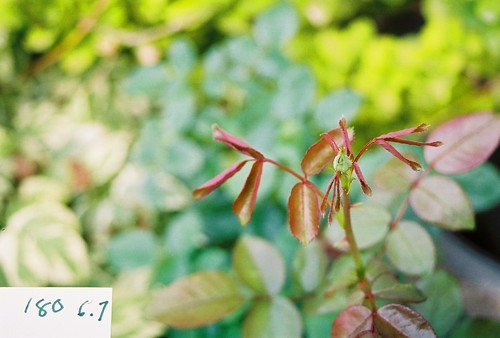

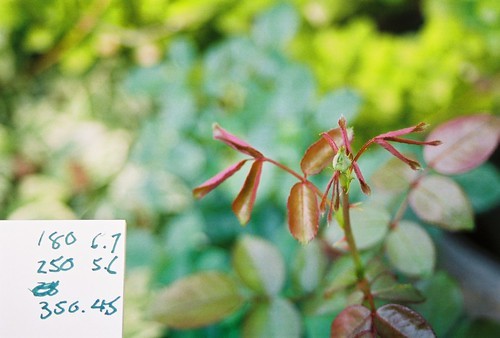
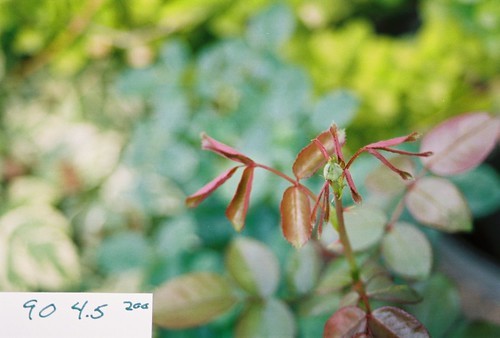
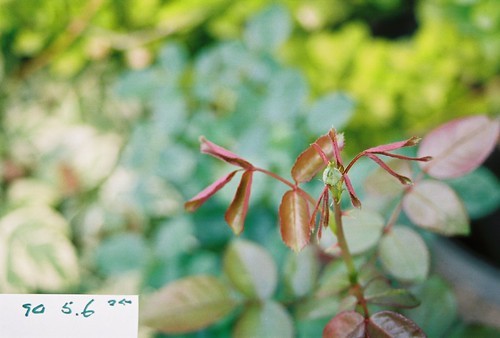

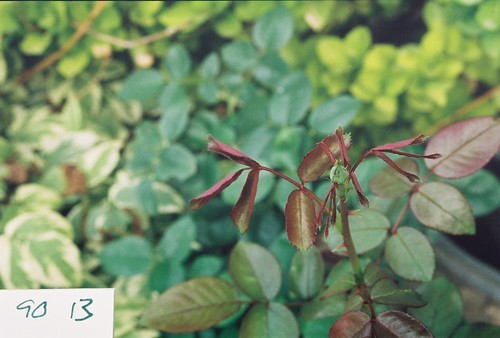
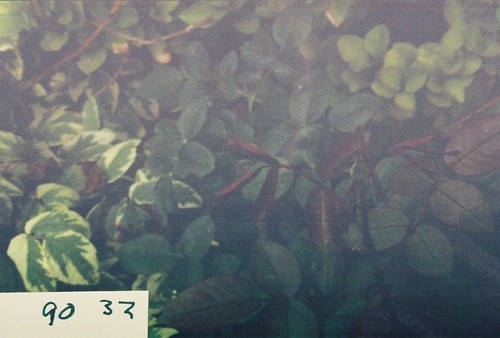
 Don't' worry if it seems confusing at first. It takes some time to sink in...but after you start to understand...you will love you camera even more.
Don't' worry if it seems confusing at first. It takes some time to sink in...but after you start to understand...you will love you camera even more.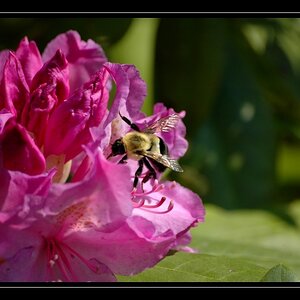
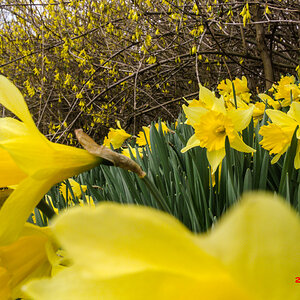

![[No title]](/data/xfmg/thumbnail/32/32709-80f0f0432fd5ec548a3efdb60ef77d46.jpg?1619735613)
![[No title]](/data/xfmg/thumbnail/38/38738-7933157d1b8968c986eeeab2d1828524.jpg?1619738703)
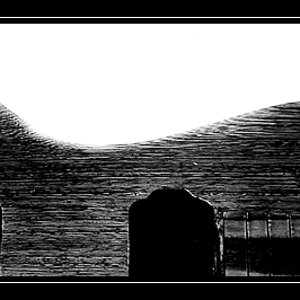
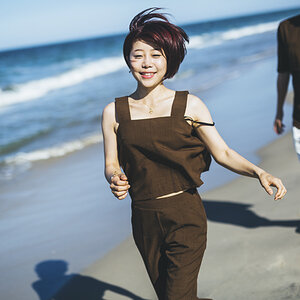
![[No title]](/data/xfmg/thumbnail/33/33463-55c43b1c1b1a6eace5b4807ead885151.jpg?1619735985)
![[No title]](/data/xfmg/thumbnail/32/32706-50b778fbc110c8ea4472547d54c6a923.jpg?1619735610)
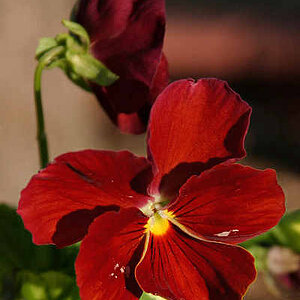
![[No title]](/data/xfmg/thumbnail/32/32710-b10dfc8ee698235cdc1e7572139173e8.jpg?1619735614)
